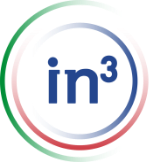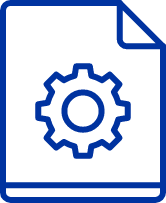Bigger Can Be Better
But as your business grows your culture expands to include many disparate players with different culture preferences and capabilities.
What Are the Essentials for a Large Business?
The use of Culture, Capability and Context in Change integration. Change is complex. There are many moving parts. Change passed through this lens is successful.
Cultural Leadership
The leader who knows culture anticipates the barriers, avoids pitfalls, and incorporates culture into initiatives. Even with extraordinary talent, failure is inevitable if culture is not accounted for. in3 can help with this.


Performance Change Integration
in3 knows that performance has three key elements: motivation, accountability, and capability. Culture insight provides the guidance for measures, rewards, structure alignment and communication.
Coaching
Leaders are required to lead large—to manage their teams to win big. Leading and managing large complex organizations is difficult. in3 enables leaders to understand why their issues exist, how their gifts and shortcomings contribute, and devise a course of action to change.

Large businesses maintain complex structures and processes to execute, making change more difficult. Change is often a threat to leaders who are used to predictability and success. in3 created the change tools that others use. in3 performance systems are based on learnings from numerous enterprise change projects.
This Is Not A One-Time Occurrence. Benefits Are Repeated Year After Year.
up to
+400%
Boosted EBITDA
up to
+40%
Inproved Productivity
up to
-75%
Reduced Turnover
Solve your problems and set your business up for success.
Featured Reference
 Accountability
Accountability
Jim Yocum
Sr. Manager, Facilities Services, McDonalds
“I originally began working with Don to expand my executive skills. His tools, techniques and experience were invaluable that I expanded his services to my direct reports (3). Senior management observed the benefits occurring within my team and they rolled out Don’s services to the entire department (40+). This resulted in productivity enhancements, improved communication, and better alignment of resources. Don and in3 Consulting would be of great value to any organization.”



